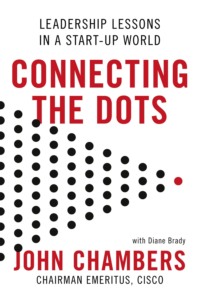Connecting the Dots: Leadership Lessons in a Start-up World

Полная версия
Connecting the Dots: Leadership Lessons in a Start-up World
Жанр: малый и средний бизнесзарубежная деловая литературастартапы и создание бизнесасаморазвитие / личностный рост
Язык: Английский
Год издания: 2018
Добавлена:
Настройки чтения
Размер шрифта
Высота строк
Поля
Конец ознакомительного фрагмента
Купить и скачать всю книгу

